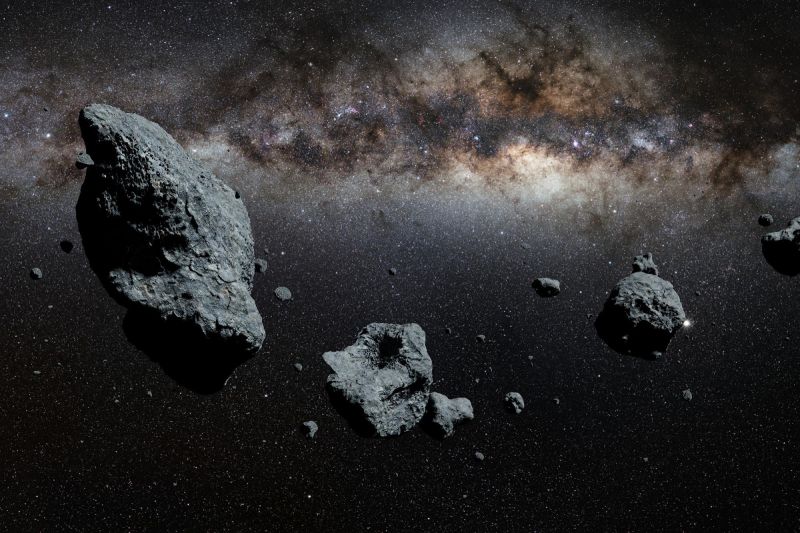The Japanese Aerospace Exploration Agency’s tests were gathered by the spacecraft Hayabusa2.
Because it is present in every known form of life, carbon is frequently referred to as “the bedrock of life”. This is due to the sixth element’s exceptional capacity to create the complex molecules required to create what is known as “organic” matter. Therefore, one of the first things scientists look for when looking for evidence of extraterrestrial life is organic molecules, or materials that contains carbon and thus has the potential to support life.
An further study published in the journal Science sheds light on the origins of life. Researchers found that the Ryugu asteroid and the Murchison meteorite both contained organic compounds known as polycyclic aromatic hydrocarbons, or PAHs, after examining samples taken by the Japanese spacecraft Hayabusa2. What’s more surprising is that they discovered that the nuclei of some of the PAHs could only have formed at temperatures below 100 kelvin, which is extraordinarily cold.
It was evident from the conclusion that these PAHs could not have originated in the hot regions around stars, but rather in the cold regions of space between them, which contradicted earlier theories regarding the origin of these elements. This finding could have significant ramifications for researchers who are interested in the beginnings of life.
“This research gives us valuable insights into how organic compounds form beyond Earth and where they come from in space,” study co-author Dr. Alex Holman, who hails from the WA-Organic and Isotope Geochemistry Centre (WA-OIGC), told.“The use of high-tech methods and creative experiments has shown that select PAHs on asteroids can be formed in cold space.”





